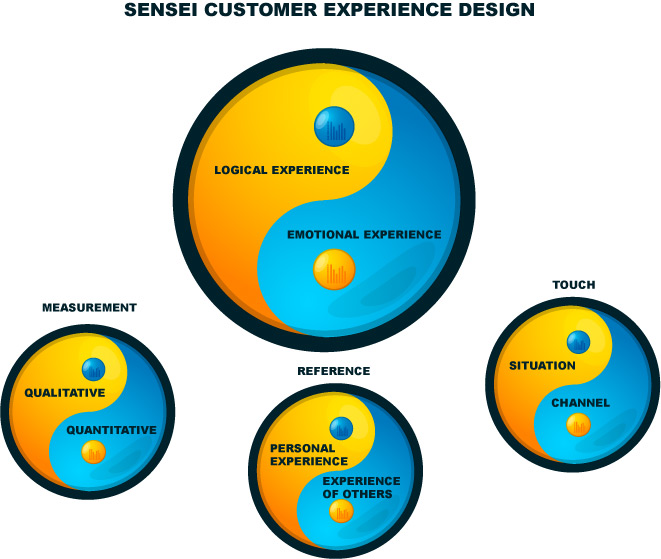I have been thinking for a long time that we have missed something. I feel like we are looking at the tail end of the horse as its walking into the distance. Here’s what is bothering me.
As human beings our strongest motivator in life is to build relationships that help us achieve our goals – personal, political and business included. No king ever gained power without the help of an army or political allies, no president ever took office without the help of millions of voters and no one ever married without first building a relationship with their betrothed; unless you include arranged marriages and even those allow the bride and groom to get to know each other. All this to say that relationships are very, very important to us. Two points really hit me:
- This transcends our personal and business relationships to affect brands as well and the people that represent those brands.
- Communication is the most important ingredient in every relationship – it is the enabler and without it relationships wither and die on the vine like fruit left to rot.
Sacrifice Communication in the Interest of Efficiency and Profit
Here is where I start to see some problems… In the mid to late 90s companies started changing the way they communicated with their customers. Companies began to think about how to improve efficiency (read: cut costs/head count) of communication between them and their customers introducing some wonderful web technology (such as e-commerce, online accounts, etc) and complex phone systems able to handle almost any customer issue. These system improvements had some wonderful upside to help manage customers but what was the cost? I am a firm believer in balance and that in this case the negatives of efficiency improvements were gradual, unseen and severe.
What Exactly did We Sacrifice?
Let’s start with relationships. When we eliminated the people connection from one end of the relationship, we eliminated communication. Simple. Now we can reach people (eventually) but companies have made it difficult, often complex to navigate these (both web and phone alike). This process increases frustration in just about everyone using these systems and frustration leads to? An indifferent or negative experience.
The other big one we sacrifice when we replace people with technology is loyalty. Think about it. Who are you most loyal to and why? What is the relationship you have with that brand that makes you so loyal? It’s a powerful connection of some kind that is based on a relationship.Now, granted this is a sliding scale depending on the industry with service, financial and retail industries ranking high in human connection and consumer packaged goods ranking lower.
Lastly, we may be sacrificing brand positioning. Why’s that? Well, if we leave it to customers to shop online without human intervention potential (like live help chat), we risk comparison based on the lowest competitive facts – price and features. When it reaches that level, we lose a lot of the hard work that marketing has done and combined with the above, we risk losing the loyalty of our current customers and minimize loyalty we can build in new customers.
In the end it is the relationships we have with companies that determine loyalty. These are built on trust and comfort with the people we deal with in B-to-B and B-to-C models equally. It is all about the answering the question: Do i feel good about doing business with this person?
The Cough
So what was a consumer to do? It was difficult to connect with anybody in a company, and even discouraged at times. Where do we go for our relationships? Well, let’s start with places like Yahoo groups and push onto heirs like MySpace, FaceBook, YouTube and Twitter. This is where consumers found the relationships where they could talk about the brands they liked, didn’t like and everything in between. Was it born solely of consumer frustration at not being able to develop relationships with companies? Certainly that wasn’t the only contributor, as Social Media channels provide all sorts of personal gratification, but it was a key contributor. Behind all of this is the evolving human relationship with companies. Gone are the days of keeping the customer in the dark and isolated; now the tables have turned.
Where is the Consumer (and B-to-B) Relationship Going?
Well, its very liquid and companies need to be looking forward instead of trying to catch up with today which could also be yesterday by now. Were I leading a large enterprise I would be investing heavily in ways (both new and old) to connect my employees with my customers to do two things:
- Enable ease of access to my products and services, including fast and friendly resolution of customer issues. This includes looking at mobile-enabled service, stream lining of customer engagement processes, and greater empowerment of front line staff to deal with critical issues. In fact, front line employees should be rewarded based on this.
- Build relationships with customers at the ground level. It is so critical to build personal relationships that can withstand the corporate bullshit that most customers have to deal with. Everyone needs a go-to person; someone who is their advocate with that brand. Is it so hard? Not really.
How Does Social Media Fit In?
Well, most consumers are now fairly comfortable with developing relationships online and have been doing so for a long time. Social Media provides a brilliant foundation for developing “one-to-one” or “one-to-many” relationships with customers. But here is the catch, I don’t think that Twitter or FaceBook are good alternatives. The best solution is something that is semi-private and based on your brand. A place where a customer can invite anyone they want to be a part of the community. And it should be focused on service. In an ideal world, the private environment would enable the customer to pass back and forth between the public (Twitter, YouTube, and FaceBook) and private branded communities.
Hell, I can even see a future where the internal employee social environment of a company is integrated closely with the customer environment. This is a shift that is on the way as we look at new engagement models like C-to-B and C-to-C.
The Secret to Mastering Customer Relationships via Social Media
It is one as old as human civilization; use it to build great relationships. But Social Media needs an unconventional approach – not the tired old ways of the Advertising and Communications industries. This a channel that is about being a part of the whole, not commanding an empire. It is about discussion and being part of ideas, not preaching rhetoric to the masses. It is about an evening of the playing field where a single consumer wields a voice as great as yours; sometimes greater.
My current projects are all about helping my clients be part of developing community around some great ideas. They are enablers and contributors, taking no glory and appreciating everyone equally. Is it a formula for success? Too early to tell. But it is heads and tails better than the current thinking of most companies. We believe it will lead to the brand being connected to some great and noble ideas and that when customers think of this idea, our work comes top of mind, not through us, but through the community.
The Diminishing Returns of CRM
The CRM industry is completely infatuated with data that looks at understanding the patterns of customer behavior for the dual purpose of expanding share of wallet and improving loyalty. These are selfish goals and customer know it. CRM needs to change direction to focus on customer relationships as defined by the customer. A probable future is a convergence of Social Media, CRM and front line service delivery into one super service channel. Now that’s a sexy future to me as a customer.

